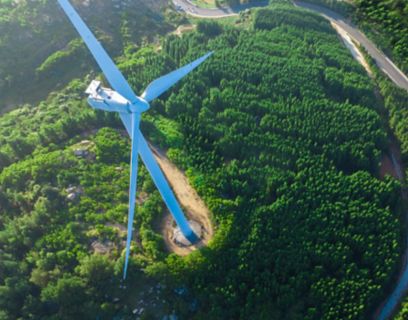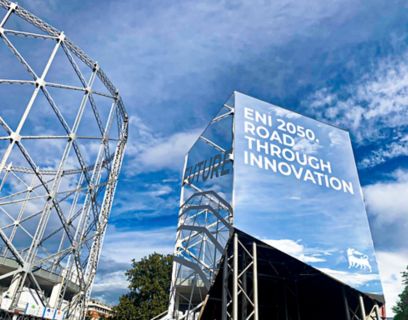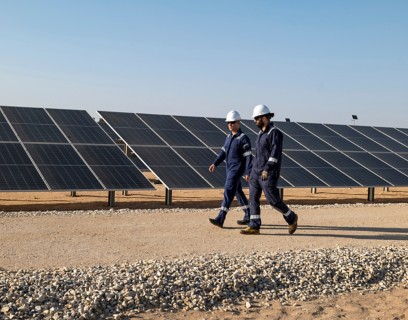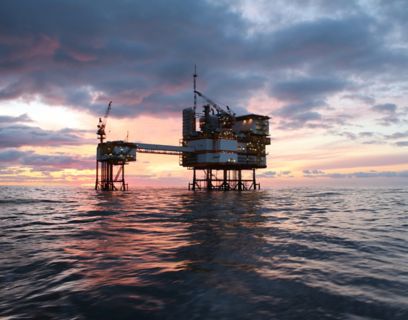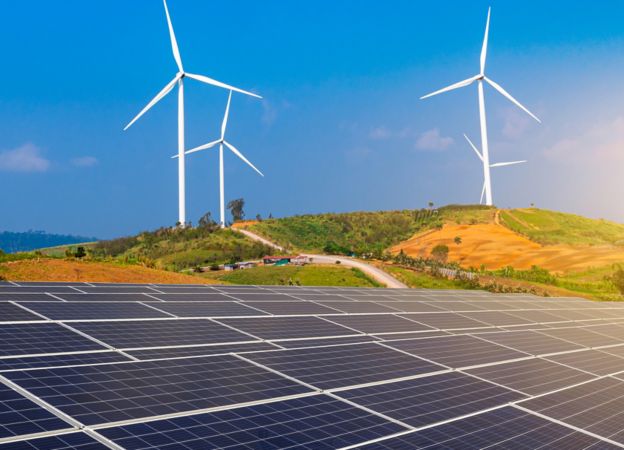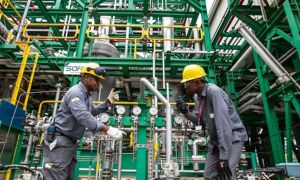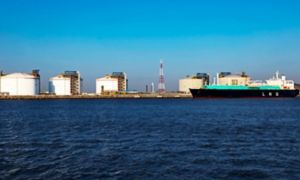
It is a versatile resource that is able to support the energy transition
Natural gas acts as an essential aid to energy security and, due to its characteristics, can have an important role when it comes to progressively lowering the GHG emissions linked to energy production. Of the fossil fuels, it is the one with the lowest carbon footprint and is currently the third energy source in the world1, with a wide range of uses and solutions that enable its emissions to be further reduced. Mainly made up of methane, gas is an abundant resource with global reserves of more than 200 billion cubic metres compared to global annual consumption which is equal to 4 billion2. Its wide availability is coupled with a relative ease of transportation, ensured by a widespread network on land via pipelines and by sea in the form of liquefied natural gas, which promotes security of supply. Its versatility makes it a primary source of electricity and for domestic and industrial heating, as well as an increasingly used fuel in the mobility sector. Natural gas is also a raw material for the production of hydrogen and for the chemical industry, which uses it in crucial processes.
Note
1 Confindustria, “Sistema gas naturale – Transizione e competitività”, 2019
2 WER (World Energy Review), Eni, 2023
Natural gas in Eni’s strategy
Gas is part of Eni's industrial identity and, above all, is a key part of the strategy to achieve the Net Zero by 2050. In our diversified energy mix, gas is supported by renewables, bioenergy and other energy carriers such as hydrogen, according to the principle of technological neutrality. Particularly because of the support it can offer to the transition, the gas component will be increasingly prevalent in our production mix, accounting for 60% of hydrocarbon production in 2030 and over 90% in 2050. At the same time, Eni has set progressive targets to achieve zero net emissions with its exploration and production activities (Upstream) by 2030 and of all Eni’s operations by 2035 (Scope 1+2). Another key piece of our strategy is technology. As far as gas is concerned, Eni is deploying a series of solutions to further reduce emissions. An area of great interest is the capture, storage and utilisation of CO2 (CCUS), systems that allow industrial carbon dioxide emissions to be intercepted at source and stored permanently in depleted reservoirs or reused in other production processes. In addition to utilising the best technologies available today, we continue to support research into completely new energy sources such as magnetic confinement fusion, a potential breakthrough for the entire energy world.
All the more central to the production mix
In our long-term strategy, the share of natural gas in Oil & Gas production will continue to increase, progressively replacing the resources with a larger carbon footprint.
gas component in Upstream production in 2030
gas component in Upstream production in 2050
Eni annual natural gas production
Eni’s proved undeveloped reserves of natural gas as of December 31, 2023
gas component in Upstream production in 2030
gas component in Upstream production in 2050
Eni annual natural gas production
Eni’s proved undeveloped reserves of natural gas as of December 31, 2023
Natural gas, renewables and actions to lower emissions
Due to its lower carbon footprint compared to other traditional sources, gas can play a supporting role in the energy transition. Its flexibility of use also enables it to integrate effectively with renewables.
A bridge for the transition
Natural gas has two important features that enable it to play a supportive role in the energy transition, managing to integrate traditional and renewable energy sources that supports the reduction of GHG emissions. The first is its minor carbon footprint compared to other fossil fuels, as methane combustion generates about 50% fewer emissions than coal. The second characteristic is the flexibility and speed of use that allows it to integrate effectively with renewable sources. The combination of low emissions and high flexibility makes natural gas an important source to help to meet the global energy demand while solidifying the transition path to a net-zero energy system. Gas, in other words, makes an effective contribution to satisfying the energy trilemma, i.e. to simultaneously ensuring energy sustainability, security and accessibility.
Gas e rinnovabili
Renewable energies are by their nature intermittent because their actual production depends on the alternation of day and night and/or on weather factors that are difficult to predict. Since no energy storage system capable of compensating for this variability is currently available, natural gas makes it possible for the demand for electricity to be met at times when the sun and wind are not available. Gas-fired power plants have the technical flexibility of being switched on or off in a matter of seconds, meaning they come into production quickly and compensate for drops in production in renewables. A further level of integration between gas and renewables involves the gas production and transport activities themselves since, with the joint presence of photovoltaic or wind power plants, they can be powered by renewable energy and reduce their carbon footprint.
Lowering emissions
In order to reduce gas-related GHG emissions, Eni has adopted several innovative initiatives and technologies that encompass the entire value chain, from production to end-use of energy.
Reducing methane leaks: Eni is committed to identifying and minimising methane leaks along the entire value chain, from extraction to distribution. The actions are in line with the 'well below 0.2%’ target.
Reducing routine flaring: efforts continue to reduce routine flaring and to bring forward the World Bank's Global Gas Flaring Reduction Partnership (GGFR) 'Zero Routine Flaring' target for 2030 to 2025.
Energy from renewable sources: in order to achieve the Net Zero target, we are integrating more and more renewable energies into our energy mix. By investing in these and increasing production capacity, we aim to reduce dependence on fossil fuels and greenhouse gas emissions in our manufacturing operations.
- Capture, storage and utilisation of CO₂: we implement technologies for the capture, utilisation and storage of CO₂ produced by our activities, including the abatement of emissions from natural gas.
- Biogas production: Eni is exploring and promoting the production of biogas, obtained from the fermentation of organic biomass, as a renewable and low-carbon energy source.
For more information

Gas, a natural resource increasingly present in the production mix
Hydrocarbon energy is an integral part of the production mix in the decarbonization pathway where its use is complemented by innovative technologies to reduce emissions.

Decarbonizing the sector
We are working to reduce methane emissions and invest in energy efficiency through progressive targets to achieve zero net emissions.

Gas in the energy scenario
From electricity generation to domestic and industrial heating and on to its use as a fuel in the mobility sector, gas remains at the centre of the energy evolution process.

Security of supply
We contribute to the security of supply through a strategy of diversification of sources and by enhancing the value of natural gas as an energy source.






